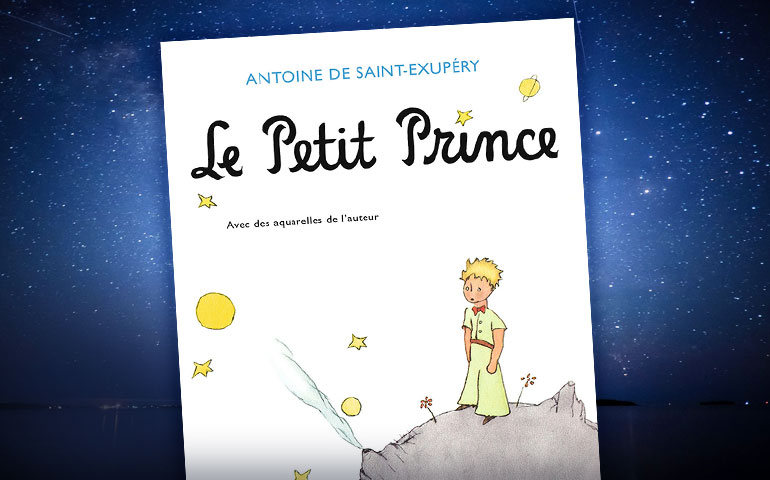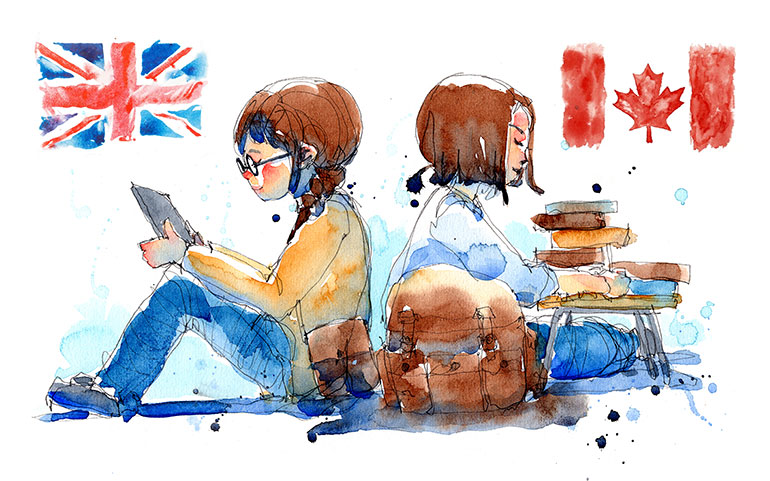
Indian Horse: Why Indigenous Authors Matter
Indian Horse, published in 2012, is a raw, eye-opening novel that has since been adapted into a film in 2017. Written by Indigenous author Richard Wagamese (1955-2017), Indian Horse serves as his best-known novel and won the Burt Award for First Nations, Métis, and Inuit Literature in 2013. I initially came across this novel in English class when we were choosing book club novels. I was attracted by its heavy use of hockey as a means to depict the struggles of a young Indigenous boy in 1970s Canada.
Indian Horse illustrates the life of Saul Indian Horse, an Indigenous boy who loses his family and undergoes physical, emotional, and sexual abuse at St. Jerome’s Residential School where he first plays hockey. From then on, he becomes a hockey star; however, this is not met without challenges. When playing with his Indigenous team, the Moose, in Manitouwadge, he is targeted by the Euro-Canadian community as he is the top player. After he receives the opportunity to train to become a Toronto Malboro–the junior hockey team of the Toronto Maple Leafs–he faces extreme isolation, anger, and racism from his teammates and the community. This serves as the end of his passion for hockey and he returns to Manitouwadge before leaving again to travel around the country in search of work. While on the road, Saul becomes an alcoholic, joins a rehabilitation center, and the novel is summed up when he returns back to Manitouwadge to start a new life.
What makes Indian Horse such a compelling and refreshing read is Wagamese’s use of raw and extremely descriptive details to highlight the abuse Saul suffered throughout his life.
This is accentuated in short, one paragraph chapters that are flooded with figurative language to depict the stories of the deaths of other children as a result of the horrors in St. Jerome’s.
The revealing of the stories of other Indigenous children through Saul’s narrative is clever and greatly enhances the emotional impact of their stories to the reader. For every child, Saul describes their state when they first arrived at St. Jerome’s and then their state before they died. This is one of the key components that make this novel such a raw read as I could clearly see how much the children were affected by the residential school which ultimately, led many to commit suicide in gruesome ways.
Saul’s hockey journey is a significant part of his identity that he loses when he succumbs to alcoholism and the stereotypes that are imposed on him. However, his passion returns at the end of the novel, when he learns to forgive and lets go of his past experiences.
Hockey is what made him stand out as a character and served as an outlet for his escape from the world. Ultimately, without it, I don’t think he would have developed his notable traits of resilience and strength.
Right after Saul joins the Moose hockey team, one realizes that he is different from his Indigenous teammates in that he demonstrates resilience in the face of hardships and tries to save his teammates the dignity of a brawl on the rink. His teammates even question why he never fights back; this is a character trait that has been developed after years in St. Jerome’s. Saul was forced to prematurely grow up and he deliberately changed his character and actions at St. Jerome’s in order to keep himself safe, with a deliberateness that was unusual for an 8-year-old boy.
This novel helped me to realize how deeply harmful residential schools were on the children they housed, an experience that can completely change one’s life or be the end of it. Such explicit imagery of the abuse the children suffered was something I had never read about in school so it was such an eye-opener.
This is also why it’s important to read novels written by people who have experienced or are a part of the ethnic group that is oppressed. Reading from an outsider’s perspective is faulty and will never reveal the same experiences or emotions of that minority group. With the protests over the Trans Mountain pipeline expansion in Wetʼsuwetʼen First Nation territory in British Columbia, it’s important to recognize the importance of valuing the voices of Indigenous people who have endured so much systemic oppression in a country believed to be all peaceful.
All in all, I highly recommend this novel to everyone as it is important to truly understand the oppression of Indigenous peoples in Canada. It will provide deeper insight into our country’s history and how we can improve to ensure that everyone is treated equally.



